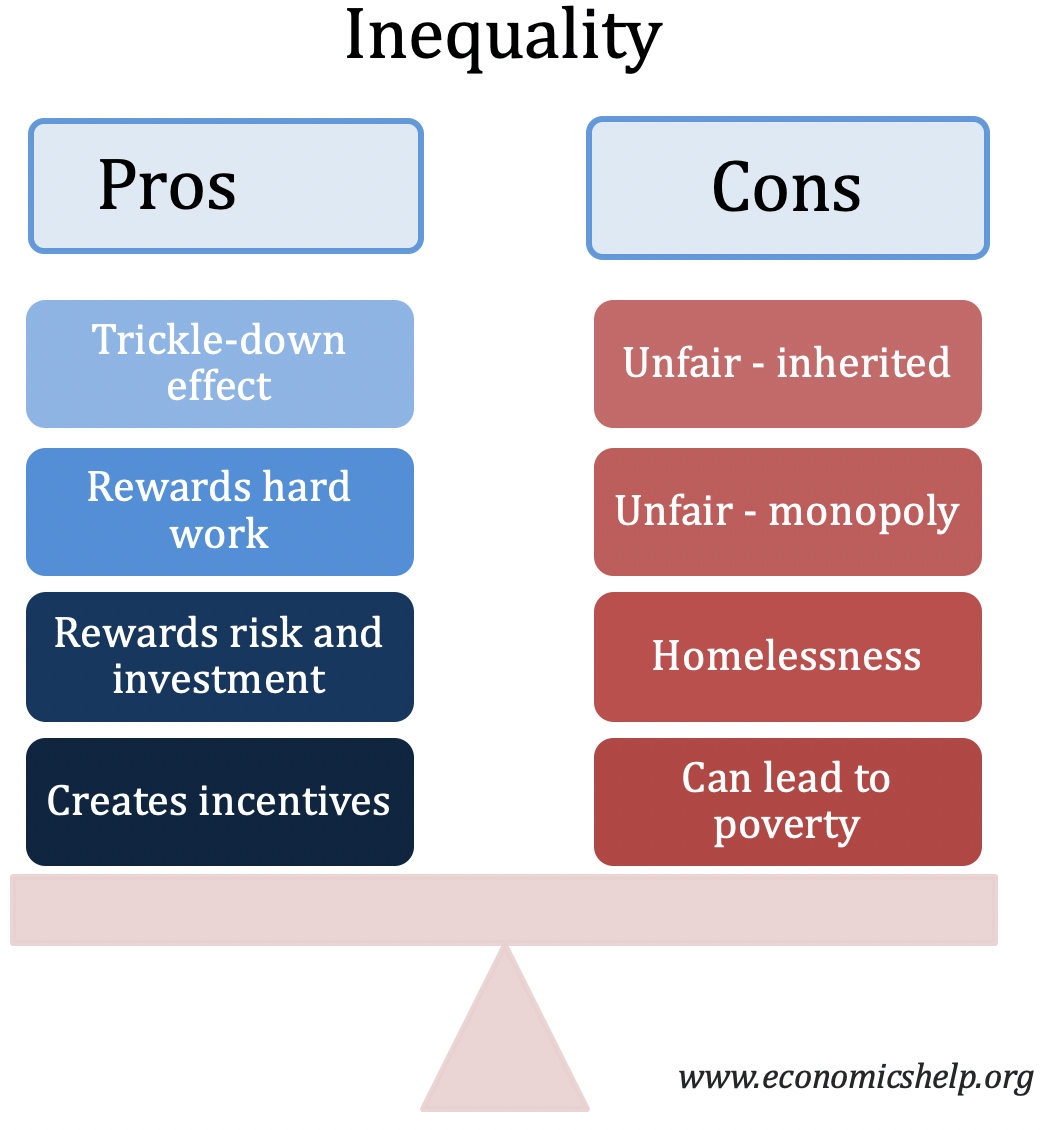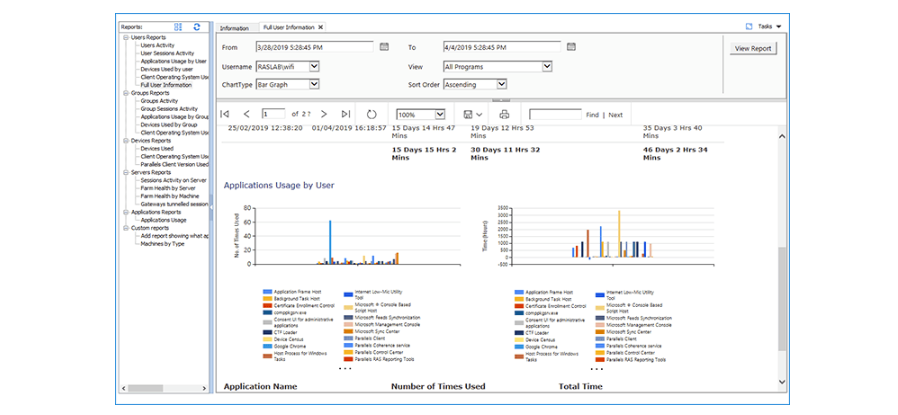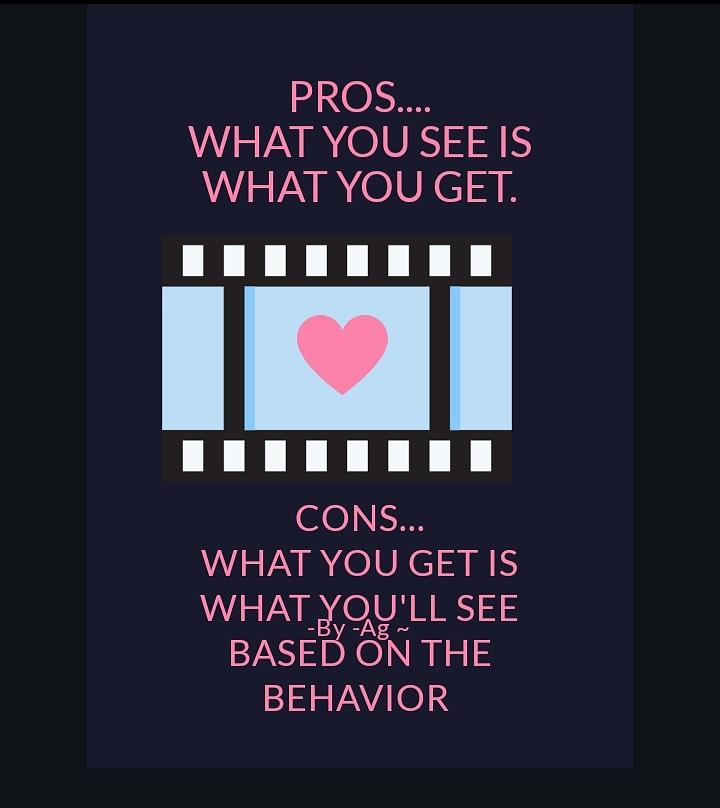Google App Engine Pros and Cons. The pros of Google App Engine are: Economical for low traffic applications and smaller businesses. Faster autoscaling capabilities. The features of version management and traffic splitting are built into App Engine, hence making these features faster and efficient. Reduced management complexities. Parallel Connection; Series-Parallel Connection (for more than 2 speakers) There are pros and cons to each method which we will discuss herein. To understand the differences, we must first explore the very basic principle of how electricity flows through a circuit. Ohms Law: V = i. R where V = voltage, i = current, R = resistance (1). Parallels RAS is an application delivery and VDI solution that enables users to access desktops, data, and applications from any device and location. With Parallels RAS, you can transform any desktop application into a mobile app or access it in the browser. You can even use touch on touch on touch-based devices while on remote access. Parallels Desktop is the fastest and friendliest way to run Windows apps on a Mac for the majority of users who are likely to want to do so. IT pros may prefer VMware Fusion; expert users who want.
Ever wondered why there’s a difference between series vs parallel speaker wiring? How about how it affects power, sound, and the speaker (Ohms) load your radio or amp sees?
There’s a lot more to series vs parallel speaker wiring than you may realize. I’ll explain it all here in a way anyone can understand.
Read on to find out what you need to know.
Which is better series or parallel speaker wiring?
Here are the main points you need to know for series vs parallel speaker wiring:
- In nearly all cases speakers should be wired in parallel for the best results and sound.
- There are a few cases where certain types of speakers can be used in series without hurting sound quality (or other disadvantages).
- Before wiring speakers in parallel, it’s important to be sure you pay attention to your stereo or amplifier’s minimum Ohms rating.
The main thing to remember is that there’s a list of reasons why you don’t want to use most speakers in series – all of which I’ll explain in more detail as we go.
What sounds better parallel or series wiring?
When it comes to sound quality you may not be aware of it but parallel speakers maintain their sound quality while series connected speakers can have a bad or “odd” sound.
That’s because many coaxial speakers as well as 2-way or 3-way speaker cabinets or car speaker systems use speaker crossovers in their design. Speaker crossovers are used to block unwanted sound frequencies from reaching speakers that aren’t well suited for them.
For example, tweeters can’t handle low bass or midrange as it causes terrible distortion and even damage. Woofers or midrange speakers, similarly, cannot produce treble (high frequencies) well and sound poor. When combined, crossovers create a better-sounding speaker system that gets the best performance from them.
How series resistance affects crossovers

Crossovers (electrical components called capacitors and inductors) block sound based on a particular speaker load resistance in Ohms. When that speaker load is changed, something called crossover shift occurs.
This means that the crossover frequency changes greatly, allowing unwanted sound to pass to a speaker or speakers. Knowing this you can understand why series-connected speakers can have poor sound: you’re connecting more speaker load (Ohms) than should be used.
It’s also adding extra capacitance and inductance in series and parallel that can cause some odd problems I won’t go into here. That’ll affect the sound as well.
Are speakers louder in series or parallel? What about power?

As a general rule, parallel speakers are louder than series speakers. That’s because:
- Wiring speakers in series increases the total speaker impedance (Ohms) load, decreasing how much electrical current (amps) can flow. This means the amp or stereo’s power output will be lower.
- Series speakers receive a portion of the power delivered and won’t be driven as much as parallel speakers.
Note that this is the normal situation when you’re using speakers rated for the amp or stereo you have. It’s a different case when purposely using lower impedance speakers in order to add keep the total speaker load low.
I’ll explain what I mean below.
Does series or parallel give more power?
As I mentioned above, wiring speakers in series means (in most cases) that you will be increasing the total speaker load above that recommended for the amplifier, receiver, car amp, etc. There’s nothing harmful about having the total Ohms load be higher but it comes with a price when it comes to power.
For example, let’s say you have an amplifier with the following power specs:
- RMS power @ 4 Ohms: 100W/channel
- RMS power @ 2 Ohms: 200W/channel
If you were to wire two 4Ω speakers in series you’d have 4Ω + 4Ω = 8Ω total. This means that:
- The total power output to the 8 ohm series speaker load would be only 50W maximum.
- The total power would be divided between however many speakers you have. In this case, that’s 50W/2 = 25 watts per speaker.
- Each 4Ω speaker would have only 1/4 of the 4 Ohm power rating (100W) available to it meaning the volume will be a few times lower also.
As you can see, wiring speakers in series decreases the total power, the power to each speaker, and also the volume to each speaker.
Cases where series speaker wiring doesn’t have less volume
It is possible to purposely wire speakers in series to get the same power output from a stereo or amp. Taking our same example from above, we could do this:
- We can wire two 2Ω speakers in series for a total of 4Ω.
- The amp would still deliver up to its rated power at 4 Ohms (100W).
- The power to each speaker would be 1/2 of that, or 50W each.
- Each speaker will have 3 decibels (dB) lower volume than one 4Ω, but since they’re in series the volume would be the same as one speaker.
That means two 50W speakers in series will have the same volume as a single speaker of the same impedance w/ 100W power.
Speaker Ohms for parallel vs series wiring
The important thing to understand about wiring speakers in series or parallel is the total speaker load (Ohms) must be equal to or higher than the minimum Ohms rating of the amp or stereo.
Parallel Running Pros And Cons
That’s because using multiple speakers in a way that drops the total Ohms (impedance, or resistance to the flow of electrical current in other words) will cause excessive current that can permanently damage an amp, receiver, or stereo. The electronics used in audio equipment has a limit that it can’t exceed.
Here are the basic rules to follow:
- When speakers are connected in parallel the Ohms load divides by the number of speakers.
- When connected in series the speaker Ohms add together.
- It’s ok to use a higher total speaker Ohms load but not lower.
What type of speakers sound ok with series wiring?
There are some speakers you wire in series without sound quality problems. These are:

- Single-cone midrange or single cone full range speakers (see the examples shown above) that don’t use a tweeter with crossover attached
- Some horn tweeters (piezo tweeters, for example)
- Subwoofers & woofers
These types don’t have crossover components that will affect the sound.
Although it’s true that speaker voice coils have some inductance due to their wound wire, it’s not much, and wiring these types of speakers in series works pretty well. However, be aware that any time you wire speakers in series both the total power delivered and power to each speaker will be lower because you’re changing the speaker load.
When wiring speakers in series the power and volume loss is a compromise you have to live with.
That being said, it’s still useful for different sound projects like a simple ceiling speaker setup, making a speaker array design, and some other unique designs. Also for amplifiers, receivers, or home stereos with lots of power available it’s less noticeable since they can make up the difference a bit.
Using regular speakers in series
You can also use regular single speakers such as tweeters or mids with a custom crossover designed for them. There are a few situations where this is handy or even necessary but it’s critical to do the math and use the correct crossover components since the total speaker Ohms load will be higher.
Wiring speakers in parallel vs series – pros and cons
There are a few pros and cons I’ll summarize for you here, as while parallel speakers are generally the best choice sometimes series has advantages.
Parallel speaker pros & cons:
- Best for maximum power and volume
- Best sound quality for most speakers
- If one fails, others will still have sound
- Not always possible due to the Ohms load
- Harder to add extra speakers (min. Ohms required)
- May require more amp channels etc.
Series speaker pros & cons:
- Higher series speaker Ohms safe for stereos & amps
- Easy to hook up
- Cheap, simple solution for ceiling speakers, speaker arrays, etc.
- Lower power & volume
- Bad sound quality for 2-way or similar speakers
- Lose sound to all speakers with a single failure point
One thing to bear in mind is that when a connection is lost with series speakers, all speakers lose sound since they’re no path for the electrical current to flow unlike parallel speakers.
Additionally, if series speakers are spaced apart it can be a bit of a hassle to connect them to each other.
More great speaker articles
Parallel Circuit Pros And Cons
There’s plenty more to read and learn! Check out some of my other helpful articles:
Parallels Pros And Cons Free
- Here’s how to determine speaker crossover frequency.
- Learn how to use resistors to change speaker impedance when wiring speakers.
- Here’s how increasing speaker impedance affects dB volume and power.
- Why is it bad to use speaker impedance that’s too low? It’s all here!
- See the differences between coaxial and component speakers.